Nature reports
Publisher: Naturalis Biodiversity Center
Page 2 of 10 - 96 Results
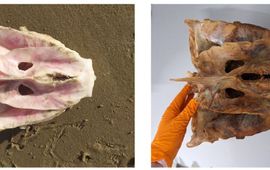
Naturalis' free question service helps young and old to name finds from nature. Each year, we receive about 2,500 questions and this year even more than 3,000. What were the most surprising nature questions of 2023?..
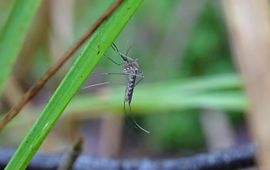
Since the discovery that mosquitoes can transmit diseases, researchers have been interested in their distribution. However, the insect often continues to be a city resident that remains unnoticed. Therefore, researchers have now..
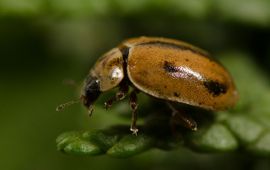
Every Christmas the stories resurface: supposedly about 25,000 creatures are living in your Christmas tree. Exactly how much of this is true and which insects can actually be found? Naturalis' insect expert Aglaia Bouma can tell..
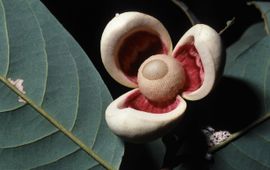
On the 30th of November a new book on the flora of the Guianas was festively presented at Naturalis. This book is a unique collection of the tropical plant family Annonaceae – also known as the soursop family – from Guyana, French..
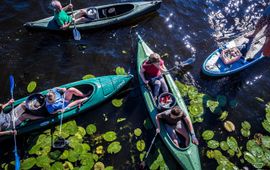
The Leiden initiative De Grachtwacht, which has been cleaning the canals since 2018, received the NWO Communication Initiative Award yesterday. Founders Auke-Florian Hiemstra and Liselotte Rambonnet, affiliated with Naturalis and..
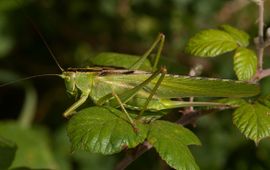
Capgemini experts, together with Naturalis Biodiversity Center and Amazon Web Services, have developed AI models that recognize insect sounds. This is important both for research and nature conservation. ..
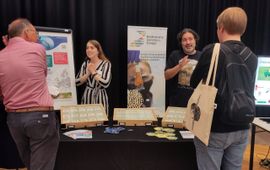
The partnership ARISE wants to map all Dutch biodiversity. Therefore, they called on the help of experts with their own collection from Dutch nature. With success! The bardcoding NL day was the start to expand the national DNA..
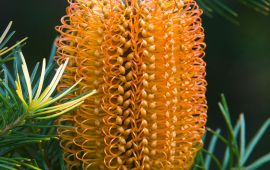
What different types of plants and fungi exist, how does variety in species arise, and how are the species doing? A new report from Kew Botanical Gardens released last Tuesday answers these questions. Naturalis researcher Renske..
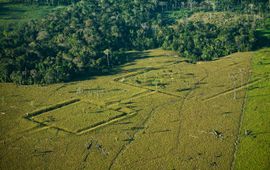
Hidden in the Amazon forest are thousands of remnants of ancient civilizations. These hidden structures, also called geoglyphs, reveal much about the history of the Amazon. A major study of these geoglyphs and their relationship..
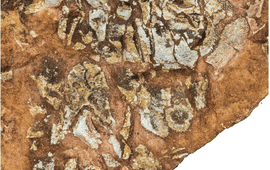
Using X-ray imaging, Naturalis researcher Richard Dearden and colleagues have discovered what the cartilages that surrounded the brain of the 455-million-year-old fish Eriptychius americanus looked like. Dearden's research was..
